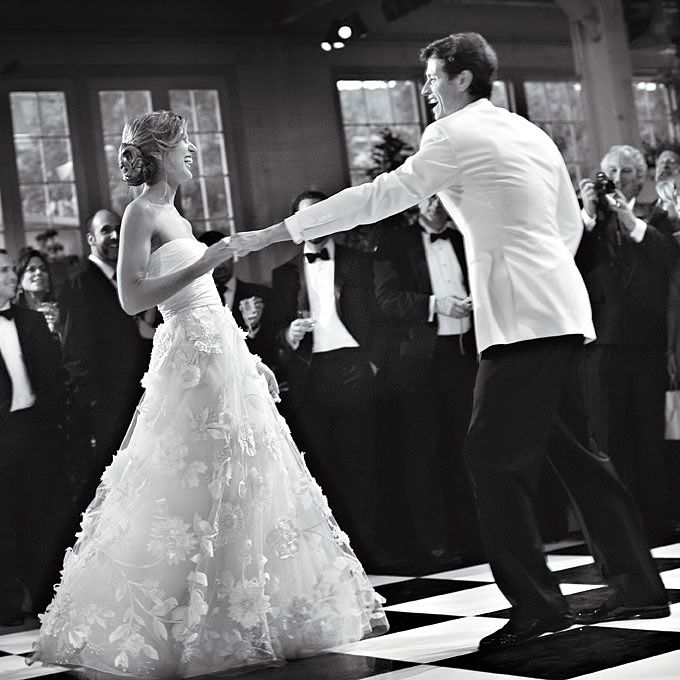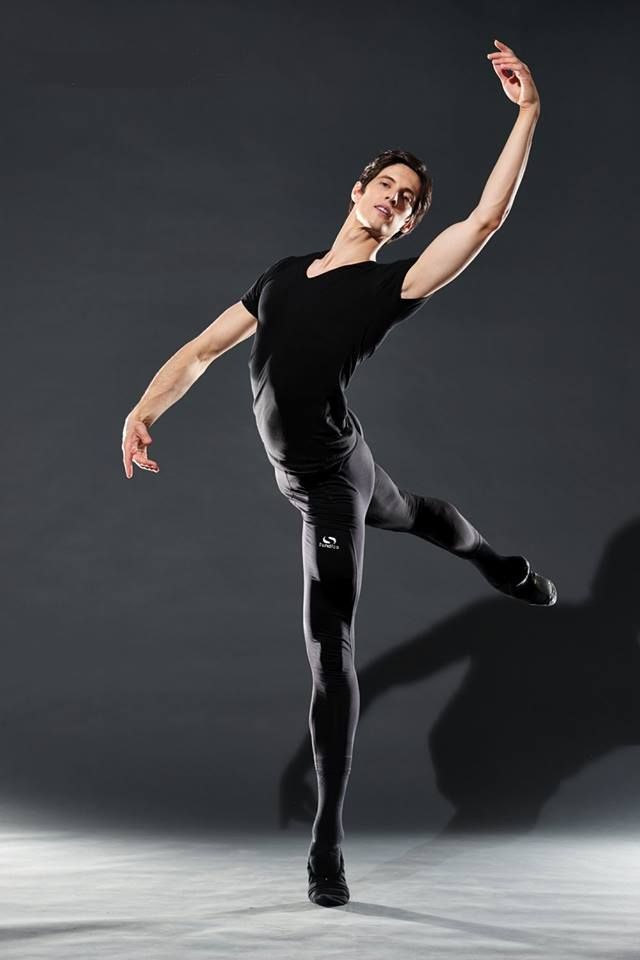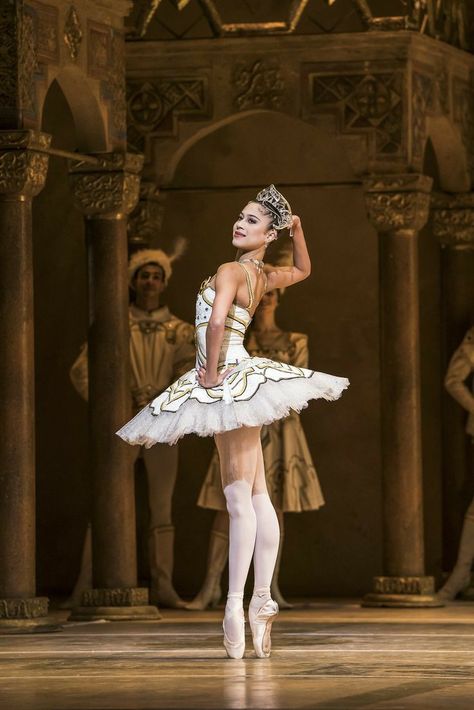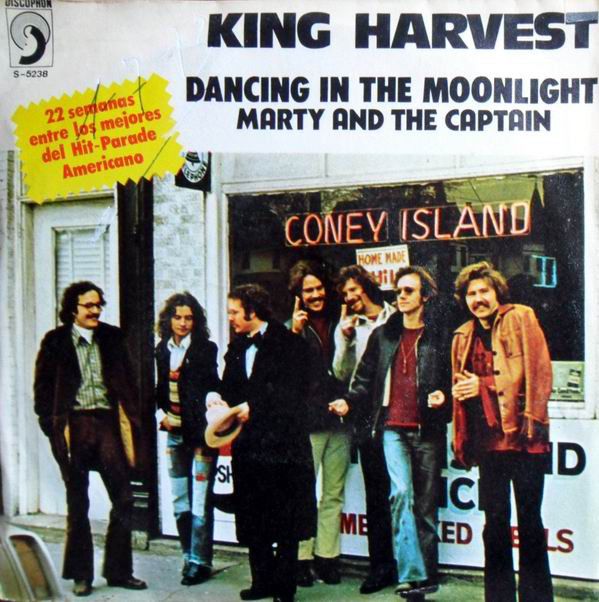Learn how to dance with a partner
Can you learn to partner dance without a partner?
A question that we are seeing frequently since the start of the Covid-19 crisis is whether or not someone without a partner can and/or should take lessons to learn the partner dances. It’s a reasonable question. The answer is a resounding yes, and here’s why.
Partner dancing consists of two people moving together in sync to music. My teaching mentor, Andy Wong of Grand Ballroom fame, used to talk about the impact it might make on someone to see ballroom dancing for the first time. Two bodies, moving in beautiful harmony to music that is playing. They might wonder how that is possible. Who is directing it? How does one body know what the other wants? How do they know which direction to go, or how fast, or when to change direction? How do they know when to speed up or slow down? It might look like complete magic to someone seeing this for the first time!
In order to accomplish this, both partners need to know some basics of dancing. Each person needs to know how to hold their posture and frame. They each need to know the step patterns. Which foot do you use, and when. Do you move with the heel or the toe? When do you turn? How much do you turn? Questions like these are not really based on what the partner is doing, because both parties need to know enough about these things to be able to move with someone else.
In that sense, each person is learning the basic elements entirely for their own understanding of movement. In fact, I like to tell my female partners that following is not a passive action. Instead, as the follow, they need to be completely independent and dancing for themselves. All the lead does is initiate direction and flow of movement. An active follow who is dancing for herself is a joy to dance with, as she moves fluidly and has an awareness of her own role in the partnership.
This means that both partners need to learn the basics on their own terms. This process doesn’t actually require a partnership.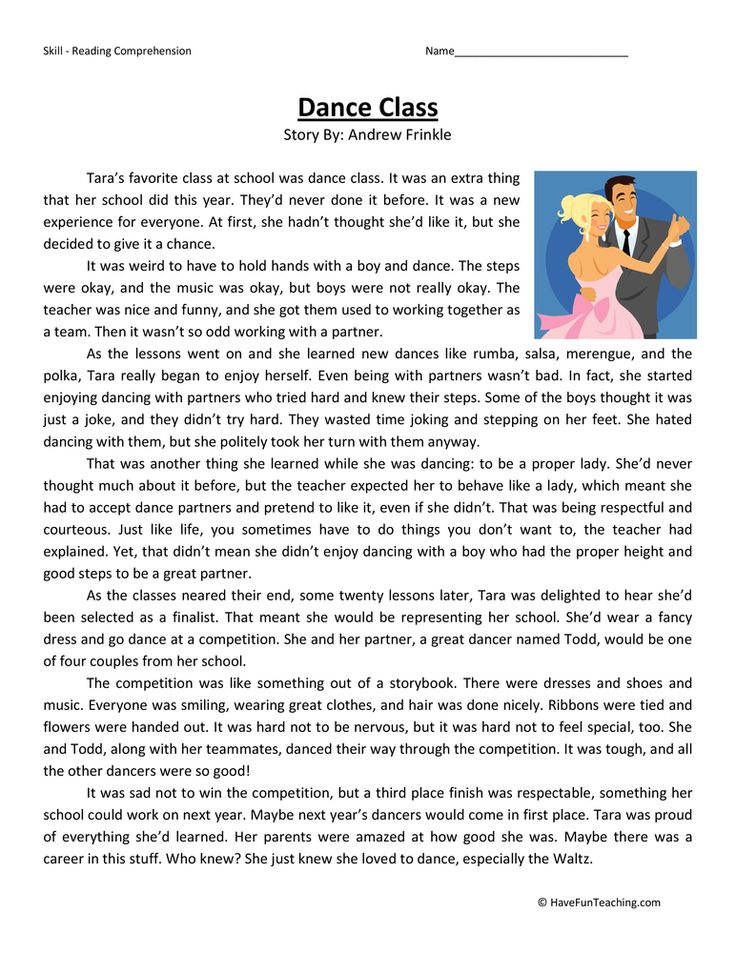 It can even be argued that when two people are learning these basic aspects of dance that dancing together can be more challenging than learning individually first, because one partner can interfere with what the other is trying to do. If one partner is using the wrong foot, or turning the wrong way, or is out of balance, the other partner is influenced. This can result in confusion, frustration and challenges in the learning process.
It can even be argued that when two people are learning these basic aspects of dance that dancing together can be more challenging than learning individually first, because one partner can interfere with what the other is trying to do. If one partner is using the wrong foot, or turning the wrong way, or is out of balance, the other partner is influenced. This can result in confusion, frustration and challenges in the learning process.
This means that both partners need to learn the basics on their own terms. This process doesn’t actually require a partnership.
When I became a dance professional, I had to learn the lady’s steps and spent a great deal of time focused on what the lady had to do for every figure in every dance. There were not many group classes where gentlemen were willing to have me dance as their partner, so I spent most of this time learning the lady’s steps on my own. It was valuable time. During my professional examinations, I was marked higher in the practical portion on the lady’s steps than I was on the man’s! By learning the step patterns entirely on my own, I was really able to focus on the details, rather than being distracted by what a partner might be doing.
So the answer to the question is “yes, you not only can learn to partner dance without a partner, but you might learn even better!”
Of course, what you can’t learn by yourself is how it feels to dance with a partner. Things like how it feels to lead your partner, or to be led. When to initiate the lead, or when and how to respond to make the movement smooth for both parties. These aspects of partner dancing are important, but they will come long after you’ve learned the basic foundations. Once you know the different figures, how to hold your posture and your frame, how to move from foot to foot and more, you can layer on top of that the aspects of moving with a partner. My view is that you might move more freely and more beautifully if you already know how to move, than if you are trying to learn how to move while also dealing with a partner who is learning at the same time.
If you don’t have a partner, but are yearning to dance, just do it. You’ll discover a marvelous world of active enjoyment as you learn a skill that will last the rest of your life.
As a dancer, you’ll be more free in how you move in any activity, whether locked into your home because of forced isolation or because you have a chance to sweep a random stranger off their feet.
Tags:
learning
Most Popular Dances With A Partner – CLI Studios
September 7, 2021 March 21, 2022 / 4 minutes of reading
Would you like to share a dance? Of course you would. But what dance are we talking about, and do you and your partner even know the moves? Let’s start from the beginning and start working together. Here are some of the most popular dances that you can learn and perfect with a partner.
Tango
This is possibly one of the most popular, exciting, and romantic dances in the world. Born in Argentina in the latter part of the 19th century, the Tango comes from a convergence of cultures that saw European waltzes meeting native South American ceremonial dances and melding with the candombe celebration traditions from just across the Rio de la Plata of Uruguayans with African ancestors.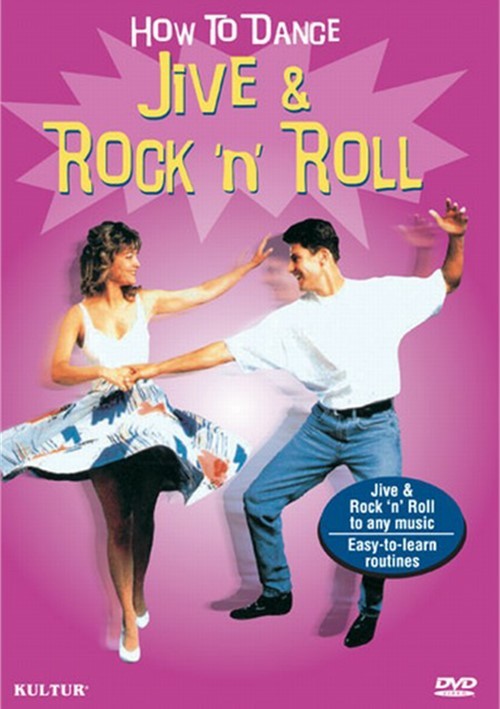 This dance is defined by its rich and dramatic gestures and stylized moves which are executed to incredibly heartfelt music played with great élan by some of the most soulful musicians alive. Tango is an entire experience, and nobody who has ever watched it done or taken instruction in it will ever forget the impact of its passionate beauty.
This dance is defined by its rich and dramatic gestures and stylized moves which are executed to incredibly heartfelt music played with great élan by some of the most soulful musicians alive. Tango is an entire experience, and nobody who has ever watched it done or taken instruction in it will ever forget the impact of its passionate beauty.
Waltz
Born in the misty backwoods of 16th century Europe, this dance started its life as a near-mythical folk dance, spoken of in manuscripts but never formalized. That all changed just before the Age of Napoleon, when the Waltz took Viennese high society by storm, and in doing so became ground zero for the world of ballroom dance. In its simplest definition, the Waltz is a closed-form couples dance that is performed to music played in 3/4 time. This gives the dance its distinctive one-two-three, one-two-three, one-two-three rhythm. Some of the most famous waltzes can be heard in the music of Russian composer Pyotr Tchaikovski, whose Swan Lake brings the Waltz off of the ballroom floor and up onto the big stage of grande ballet.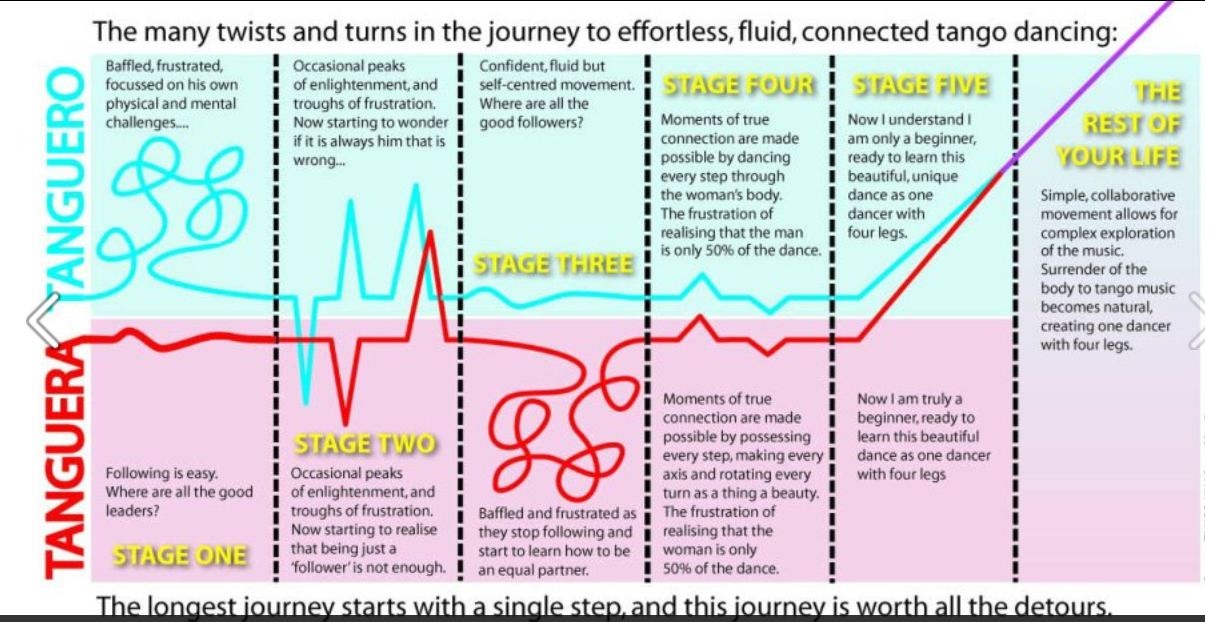
Foxtrot
This competition-recognized throwback to the heady days of vaudeville in the early 20th century, the Foxtrot is an American dance whose style was born in the first age of Jazz. Sharing a lot of moves with the Waltz, the Foxtrot is danced in 4/4, or common, time instead of the 3/4 favored by its European cousin. A little older than Swing dancing and a little younger than the Tango, this light-hearted dance has been massively popular since the ragtime-era, during which it seemed that every tune was written for it exclusively. Although more than a century old, the Foxtrot still has its legions of admirers, and shows no signs of slowing down.
Rumba
Although there are a lot of definitions, styles, and origins that go into the story of this once-humble Cuban dance, when most people mention the Rumba in North America, they are talking about the ballroom rumba. Slower than a lot of other Latin dances like Salsa or its sibling the Bolero, the Rumba focuses on smoothness and can come across as a little more formal at times. However, once you get the moves down, it’s perfectly okay to loosen up a bit outside of the classroom (or ballroom) and return this Cuban beauty to its party dance origins.
However, once you get the moves down, it’s perfectly okay to loosen up a bit outside of the classroom (or ballroom) and return this Cuban beauty to its party dance origins.
Regional Mexican and Contemporary Latin Dances
With the massive worldwide success of the Caribbean musical genre Reggaeton and crossover Latin pop acts like Pitbull tearing up the charts, we are living in the boom times for Latin dances. But where to get started? We suggest that you look into the world of regional Mexican dances, which apart from being performed to some seriously good dance music (like the polka-flavored Norteño style of Northern Mexico), is also chock full of some excellent couples dances. Huapango is both a musical style as well as a couples dance. The music is often rhythmically complex, with the triple meters corresponding to the steps of the dance. The name Huapango itself comes from the Nahuatl word for on top of wood, referencing the wooden platforms upon which the dance is performed, the dancer’s steps adding percussive flavor to the mix. If you are in the mood for something a little simpler but nonetheless expressive music, Corridos have a rich place in Mexican culture, and have even been found as a crossover style in South America. The music is essentially a ballad, sung to the accompaniment of guitars and sometimes violin and horns, while the dance is a closed-form couples dance that mixes two-steps, hops and spins to weave a story as expressive as the one being sung on stage.
If you are in the mood for something a little simpler but nonetheless expressive music, Corridos have a rich place in Mexican culture, and have even been found as a crossover style in South America. The music is essentially a ballad, sung to the accompaniment of guitars and sometimes violin and horns, while the dance is a closed-form couples dance that mixes two-steps, hops and spins to weave a story as expressive as the one being sung on stage.
Exploring the Fundamentals of Ballroom
If you’re interested in learning more about Latin dance and ballroom, check out Paul Karmiryan’s Latin Ballroom Fundamentals class in our on-demand library! In this intro class, Paul will demonstrate the posture, isolations, and hip work needed to master the Cha-Cha and Rumba. Head to clistudios.com to start your 7-day free trial today.
90,000 12 life hacks, to quickly learn how to dance from Mamita DanceDances
Author: Pavel Gather
Psychologist, Lecturer Salsa and Tango
Dances
Author: Pavel Pavel
Psychologist, Lecturer Salsa
on At the start, you always want to get a quick result. When it doesn't happen, the hypothesis arises that everything takes time. After a conditionally acceptable time, humility comes to mastering pair dances, which, perhaps, is not given, and I will just do what I learned somehow. nine0003
When it doesn't happen, the hypothesis arises that everything takes time. After a conditionally acceptable time, humility comes to mastering pair dances, which, perhaps, is not given, and I will just do what I learned somehow. nine0003
This is the most common story of those who believe that the mere act of attending a pair dance class is enough to learn how to dance.
Absolutely not. If you want to really dance well, you have to make an effort outside of the dance class. A good teacher will definitely be needed, but the initiative should be on your side.
1. Listen to music
The most common and accessible advice that is given already in the first lessons. And it definitely works. Music creates a certain atmosphere of the dance and intuitively you want to move to it. It doesn't matter where you listen to music - in the car, on headphones while walking or doing household chores. nine0003
An addition that will help you dance better is your active participation in the music. Sing along, dance or simply beat musical accents with any free parts of the body. In the subway, for example, it is enough to tap out bright moments with your fingers, in the car to sing along with sounds, and at home you can jump for pleasure.
Sing along, dance or simply beat musical accents with any free parts of the body. In the subway, for example, it is enough to tap out bright moments with your fingers, in the car to sing along with sounds, and at home you can jump for pleasure.
2. Watch videos of good dancers
It's complicated, but also obvious. It’s more difficult, because without recommendations from more experienced dancers, unfortunately, it’s not so easy to find a good quality video on the net (I mean not the resolution quality, but the content itself). nine0003
Meaningful video viewing is about building an understanding of HOW dancers make a particular impression on a partner or viewer. Technology is at the heart of everything. Understanding how the pros do it is a big step forward.
It is important to distinguish a show from a disco dance, a staged performance from an improvisation, a stylized dance from an authentic one, etc. Ask for recommendations and dance teachers will always throw off a couple of videos of worthy landmarks. nine0007
nine0007
Tango Z. Showreel.
Online modern tango courses
Tango nuevo is the most advanced version of tango. We can quickly learn to dance from zero to a steep level.
| View details |
3. Dance in salsatecas/milongas/discotheques
A very delicate moment when it is worth coming to the first party. From a technical point of view, most students in 1-3 months have a sufficient set of figures and techniques to come and dance calmly. Psychologically, the same moment can be stretched out for an indefinite time. After all, it is imperative to “not lose face”, “learn more figures” and be sure what to do in case “there is an unfamiliar movement”. nine0003
In fact, the partygoers don't really care (except for a small layer of non-professional teachers who want to help inexperienced dancers by treating them as customers in the future). It is important to come and try dancing after a month of classes. You can only with friends or guys from your group. This will be enough to feel the adrenaline and inspiration from the dance.
You can only with friends or guys from your group. This will be enough to feel the adrenaline and inspiration from the dance.
4. Dance with partners or partners not of your level
The conventional wisdom that you need to practice in groups of your level does not withstand the test of experience. Perhaps now your eyes widened in surprise, and you want to meaningfully read the phrase again. Yes, you saw everything correctly: when you dance with a partner of your level, you don’t grow anywhere. nine0003
It's important to understand that not only does it work one way and you have to dance with cooler dancers, but it works even more effectively the other way. It is no coincidence that teaching pair dances dramatically raises the level of the teacher himself. You have an endless stream of very beginner dancers.
How it works. A more experienced partner needs to be "stretched". It's easy and obvious. With beginners, you need to take more initiative on yourself, see the general pattern of the dance more widely, turn on and insure more, try to be an example and be more careful.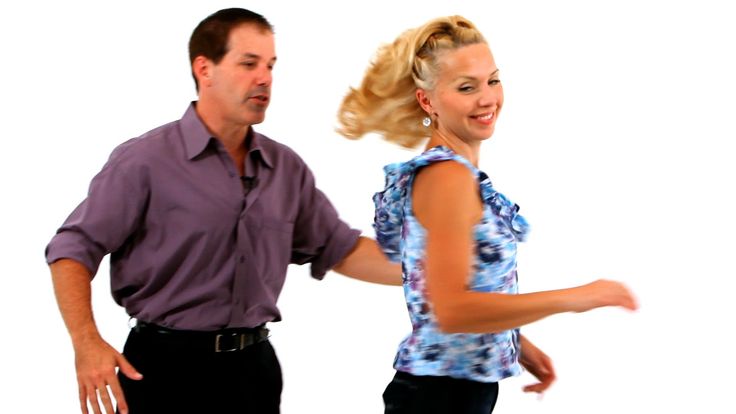 The quality of interaction begins to grow significantly. And wonderful partners too. nine0003
The quality of interaction begins to grow significantly. And wonderful partners too. nine0003
Dancing with partners of your level doesn't make you grow. Dance with both beginners and more advanced dancers
Dominican Bachata Women's Style Online Course
Want to learn how to hypnotize those around you with the most appetizing part of your body? On the course we will tell you all the secrets.
| Interesting |
5. Learn to dance for a partner and for a partner
Turks and Argentines are one of the best partners in the world. In Russia, partners are highly valued. Why? The answer is simple. In Argentina and Turkey, it is not questionable for men to ask another man to lead in one piece or another and give feedback on the quality of the lead. For them, it will be a great shame to hear moralizing from a partner, or even more so to be known in the community as an insecure partner. nine0003
nine0003
In Russia, due to the constant, often far-fetched, opinion that there are more women in pair dances, partners calmly get up and study their partner's part. Such partners then grow into very cool dancers and teachers. In no case do this at parties, only in class. Here we are talking only about the learning strategy. At parties, be yourself.
6. Do not memorize the links
Always try to look deeper and understand the through principle and idea of movement. Understanding what and how is done will make it possible to independently generate any sequences and chips. nine0003
Human memory is limited and there will always be a moment when something will escape and your repertoire will be limited by the size of RAM.
In Argentine tango, for example, there are seven levels of movement construction that, when mastered, will allow you to make millions of combinations. And how many dance sequences can you really remember? In rueda, more than 150 figures dance in a rare circle.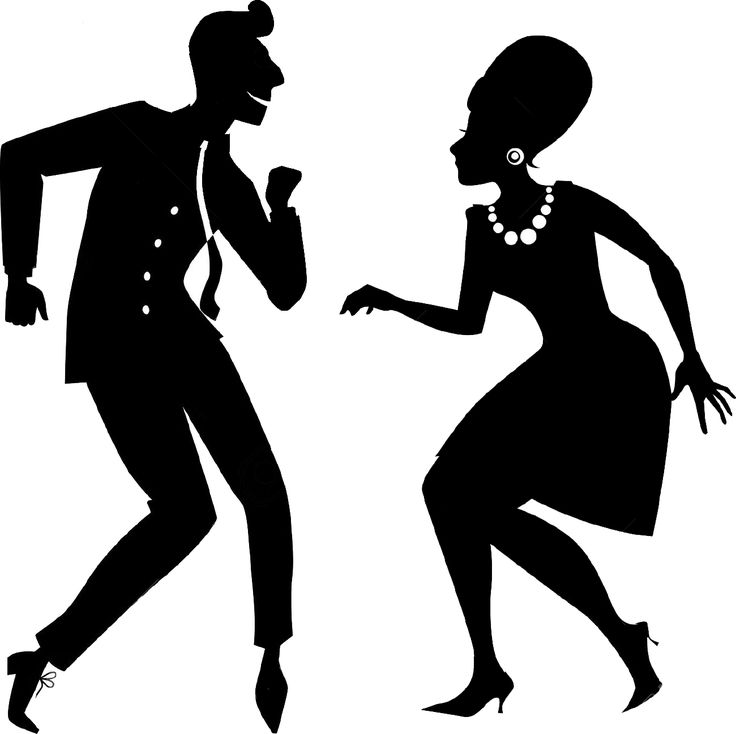 It's hard to keep more in mind.
It's hard to keep more in mind.
7. Develop your body
Many years of experience in teaching couple dance shows that as soon as everyone pairs up in a class, any progress in individual style ends. But it is the individual style that distinguishes everyone at the disco: partners change, and style is always with you. nine0003
The body as the main instrument of dance must be very plastic, responsive and emotional. Surprisingly, not all pair dance schools have a general physical warm-up. It is vital to tune the body and understand how it works.
You can always train extra and concentrate more on the basic steps, as their true value is as body work. The sequence of steps is, in fact, the simplest thing that can be in pair dancing. The quality of individual performance determines the craftsmanship. nine0003
8. Try on the images of inspiring dancers
A psychological life hack for those who have already mastered the steps, but still feel that there is not enough brightness and drive. Most are terribly afraid of being someone else's "clone". Here the action is the same as under the influence of hypnosis - the more you resist, the more you plunge into an altered state of consciousness.
Most are terribly afraid of being someone else's "clone". Here the action is the same as under the influence of hypnosis - the more you resist, the more you plunge into an altered state of consciousness.
With a high degree of probability, you are already dancing like someone else's "clone". A meaningful fitting of someone else's image is that you mentally take the image of the one who inspires you (inspiration is critical in this case) and "put on" yourself. Then you start dancing and trying to feel in general how it is to be able, for example, to be the best partner or the sexiest partner in a disco. This is much more difficult than it seems. But it works extremely efficiently. nine0003
9. Dance to offbeat music
Habitual rhythms keep you tight. Tango salon or speedy timba leave little room for experimentation and fantasy. Pattern dancing is always noticeable and is reserved for beginners.
The truly new is born outside of the usual. Look for places to experiment. If there is no place, organize self-training. The main thing is not to get carried away, because music determines the style. We bring something new to pair dances, rather than trying to change them. nine0007
Look for places to experiment. If there is no place, organize self-training. The main thing is not to get carried away, because music determines the style. We bring something new to pair dances, rather than trying to change them. nine0007
Search, improvise, don’t be afraid to go beyond, develop in different directions, be inspired by music atypical for the style
10. Try your hand at basic dance directions
dances exist according to their own non-choreographic laws.
This is the deepest delusion, which has turned into a ceiling for the qualitative development of partner dances. After all, all professional dancers, for example, in salsa or bachata, build their ideas on the basic choreographic principles. nine0003
Do not think that choreography is only applicable on stage. Any meaningful movement of the body can be choreographic. In general, try classical or modern choreography. Basically, hip-hop can work too.
11. Look for battle sensations
Pair dances return us to an active position of manifestation of our body. As in the days of our ancient ancestors, we impress the members of the opposite sex with how dexterous, hardy, sexy, etc. we are. Modern jungle laws in the entourage of big cities. nine0003
If you look around the dance floor, it becomes clear that the majority are clearly herbivores (not in the sense of vegetarians, but in relation to those around them). I am sure that predators are always more interesting in terms of the attractiveness of the image - try to find a counterbalance among herbivores, for example, a cat woman or a lion man.
The conversation is about an internal position, not about aggressiveness. Lability and lack of control are inherent in adolescents, and not in adult self-sufficient people.
Accordingly, even a training or friendly battle gives, on the one hand, practical skills - to make a bright sequence of movements, bring an idea to a climax, show a spectacular feature, on the other hand, develops the psychological basis of the dance - self-confidence, resistance to extraneous attention, self-control and self-control in complex elements. nine0007
12. Communicate with professionals
The environment shapes the internal position. Basically, real passionaries of the dance community are ready to openly talk, discuss and support the development of dance in every possible way. Universal principles and the ideas they articulate have a much longer and more practical perspective than meets the eye.
Accept that, for example, behind the words "listen to your partner" is not only a beautiful metaphor, but also a practical skill to literally listen to your partner. At the same time, always treat every thought, even the most respected teacher, as a private opinion. nine0003
Your skill will lie in finding the scope of the idea even in conflicting opinions. Most often, the contradiction is speculative and the truth lies in the angle of perception or situationality.
Your dancing growth will stop sooner or later. This can happen at the level of three basic steps or years of experience in teaching and show performances.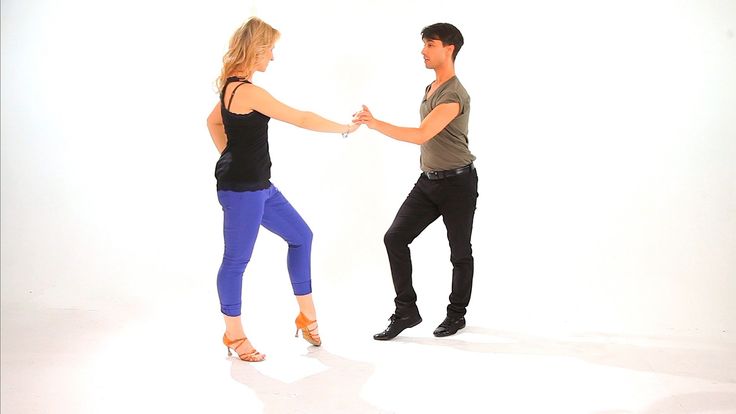 Regardless of your level, the suggested 12 life hacks can get you off the ground and greatly accelerate your dance growth. There is no way here without your motivation and activity. Take your dance development into your own hands. nineOl000 Dangerous sexuality
Regardless of your level, the suggested 12 life hacks can get you off the ground and greatly accelerate your dance growth. There is no way here without your motivation and activity. Take your dance development into your own hands. nineOl000 Dangerous sexuality
Salsa: destroyers of stereotypes
Couple dancing as a source of strength.
Self-destruction of the couple dance community
The Salsa series as a mirror of the community
Mamita Fridays: salsa, bachata
Destroying the myths about leading pair dances
Does dancing make us better?
The seven deadly sins of teachers
Why we will never dance bachata like the Dominicans
Why tango?
Dispute over musicality
Selection of dances according to alcohol preferences
Where to find inspiration for dancing? nine0003
Terrible tango nuevo
Distribution of roles in a salsa party
Argentinean tango through the eyes of a salsa dancer
Is there a predisposition to dancing?
Which is more effective: individual or group lessons?
Sexual overtones in partner dancing
Modern partner dancing - training
- home /
- Why Ivara? /
- Interesting articles / nine0226
- Modern couple dances - training
Would you like to learn how to dance with a partner? Then you have come to the address:)
Ivara is one of the largest Moscow schools specializing in pair dances. We believe that dancing is easy! And we prove it every day to hundreds of our students.
What is modern pair dancing?
- Couple dances are made for parties and for pleasant conversation. nine0225 They are easy to learn: you can learn in two or three months , after that the doors of dance parties will be open for you.
- You don't need special training. There are no age restrictions either.
- Each direction has its own style and its own music - choose what you like.
- All dances are based on improvisation , the ability to dance with different partners. By the way, does not have to come to class with your partner. nine0006 Most find a mate already in class.
- Pair dances very popular . Parties are held in the clubs every day, their visitors are boys and girls aged 20 to 37 with an active life position, open to communication. Having come to the world of pair dances, you will surely find many friends and expand your social circle.

Which direction to choose?
Hustle
Hustle ranks first in Moscow in terms of popularity. nine0007 You can master the basics of technique and basic figures in order to feel free at parties in 2-3 months.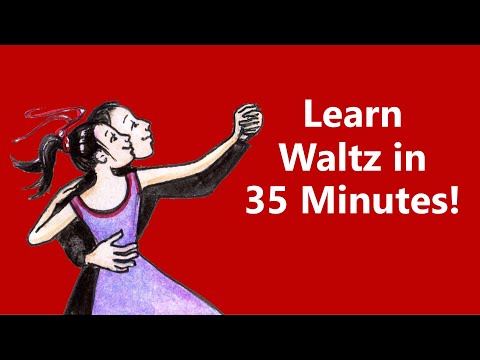
The competitive component is well developed in the hustle: tournaments are regularly held where the best dancers compete in skill.
What kind of music?
There are no strict limits: house, RnB, disco, pop - you can dance to the music of all these directions.
Loads?
At the initial stage, the loads are insignificant. And in advanced groups it will be hotter. nine0003
Where to dance?
Parties in various clubs in Moscow take place almost every day. And in the summer you can dance in the open-air Neskuchny Garden.
Details: photos, videos, schedule, dance history.
West Coast Swing
A fashionable and new dance direction for Russia, to which more and more people join every year. WCS attracts with its smooth movements and its musicality.
This amazing dance gives almost limitless possibilities for improvisation and musical play with a partner. nine0003
nine0003
What kind of music?
Blues, funk, RnB and pop.
Loads?
The dance itself can be both slow and smooth, and fast, groovy. But at the initial stage, there will be no great physical exertion.
Where to dance?
Several regular WCS parties take place in Moscow. Major international festivals and dance camps bring dancers from all over the world. Thanks to its international popularity, WCS gives you the opportunity to communicate in the same language with dancers from different countries. nine0003
More details: photos, videos, schedule, dance history.
Boogie-woogie
This dance retains the authenticity of the 50s, but remains relevant today. Boogie is a world of flying legs, rocking parties and naughty Elvis-era romance!
What kind of music?
Boogie-woogie, rock and roll, rockabilly.
Loads?
At the initial stage of training, the loads are average. In general, boogie is a very energetic dance. Spare t-shirts needed! nine0003
Where to dance?
Several swing dance parties are held every week in Moscow, where there is always a cheerful and relaxed atmosphere.
Details: photos, videos, schedule, dance history.
Bachata
Bachata is the simplest and most popular Latin American dance, which has a special plasticity: it has a lot of waves and smooth movements.
What kind of music?
Middle tempo Latin melodies. nine0003
Loads?
At the initial stage of training, small physical activity.
Where to dance?
There are many regular parties in Moscow where salsa, bachata and other Latin American dances are danced. And in the summer you can dance in the open-air Neskuchny Garden.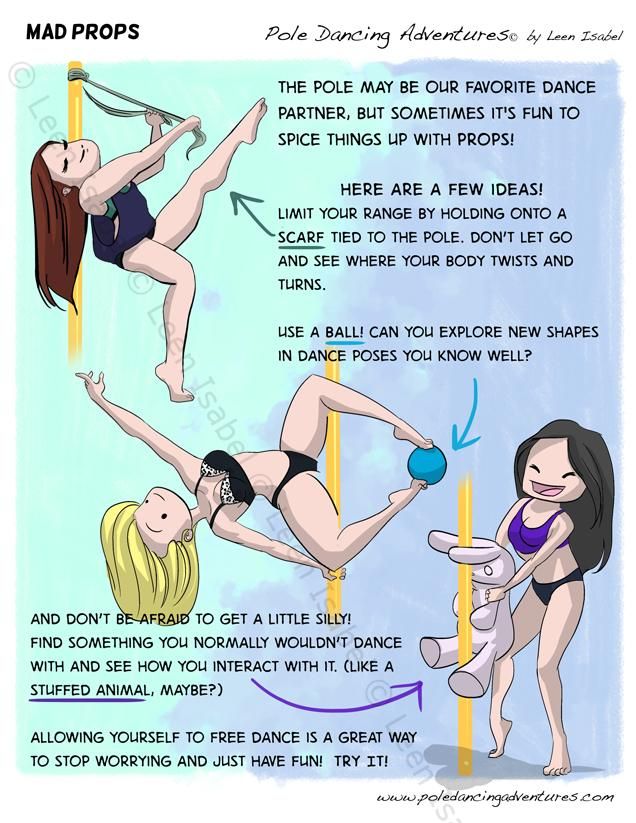
Details: photos, videos, schedule, dance history.
Argentine tango
Tango is a sensual and incredibly beautiful pair dance. nine0003
What kind of music?
Emotional melodies with passionate Argentine motifs.
Loads?
At the initial stage of training, small physical activity.
Where to dance?
Milongas (the so-called tango evenings) are held in many clubs and restaurants in Moscow.
Details: photos, videos, schedule, dance history.
Starter group schedule
| Intensive "Hustle in 2 months" Alexander Tagirov and Ekaterina Solodilova ⬇ Start: 08 January 2023 Recruitment in progress! | Belarusian | Mon Tue Wed Thu Fri Sat Sun | 17:00-20:00 | Sign up | |
| Hustle - beginners Victor Gerashchenko and Olga Gareeva ⬇ nine0003 Start: January 11, 2023 Enrollment in progress! | Belarusian | Mon Tue Wed Thu Fri Sat Sun | 18:00-19:30 | Sign up | |
| Intensive "Hustle in 2 months" Maxim Istomin and Nadezhda Bychkova ⬇ Start: January 21, 2023 Enrollment in progress! | Belarusian | nine0049 12:00-15:00 | Sign up | ||
| Intensive "Hustle in 2 months" Denis Stepanov and Veronika Lebedeva ⬇ Start: December 12, 2022 You can join. | Belarusian | Mon Tue Wed Thu Fri Sat Sun | 19:15-22:15 + SamPo until 23:00. | Sign up | |
| Intensive "Hustle in 2 months" Denis Stepanov and Veronika Lebedeva ⬇ Start: December 11, 2022 You can join. | Belarusian | Mon Tue Wed Thu Fri Sat Sun | 18:00-21:00 | Sign up | |
| Hustle - beginners Anatoly Golubev and Nadezhda Bychkova ⬇ nine0003 Start: November 29, 2022 You can join. | Belarusian | Mon Tue Wed Thu Fri Sat Sun | 19:15-20:45 | Sign up | |
| Tango - beginners Vladimir Gusev and Yulia Romanova ⬇ Start: December 13, 2022 Enrollment in progress! | Belarusian | nine0049 18:00-19:30 | Sign up | ||
| Intensive "Tango in 2 months" Denis Kozinov and Maria Pochukaeva ⬇ Start: January 14, 2023 Enrollment in progress! | Belarusian | Mon Tue Wed Thu Fri Sat Sun | 12:00-15:00 | Sign up | |
| Intensive "Tango in 2 months" Denis Kozinov and Maria Pochukaeva ⬇ Start: December 11, 2022 Recruitment for guys and couples only | Kursk | Mon Tue Wed Thu Fri Sat Sun | 12:00-15:00 | Sign up | |
| Tango - beginners Vladimir Gusev and Yulia Romanova ⬇ Start: 29November 2022 You can join. | Belarusian | Mon Tue Wed Thu Fri Sat Sun | 21:00-22:30 + SamPo until 23:00 | Sign up | |
| Intensive "Bachata in 2 months" Alexander Nikulin and Alexandra Volkova ⬇ Start: December 17, 2022 Recruitment for guys and couples only | nine0002 Belarusian | Mon Tue Wed Thu Fri Sat Sun | 15:00-18:00 | Sign up | |
| Bachata - beginners Ilya Martynov and Svetlana Sbitneva ⬇ Start: January 10, 2023 Enrollment in progress! | Kursk | Mon Tue Wed Thu Fri Sat Sun | 21:00-22:30 + SamPo until 23:00 nine0050 | Sign up | |
| Intensive "Bachata in 2 months" Sergey Baborenko and Alexandra Volkova ⬇ Start: January 14, 2023 Enrollment in progress! | Serpukhovskaya | Mon Tue Wed Thu Fri Sat Sun | 15:00-18:00 | Sign up | |
| Intensive "Bachata in 2 months" Oleg Trukhachev and Maria Razdelova ⬇ nine0003 Start: November 27, 2022 Recruitment for guys and couples only | Belarusian | Mon Tue Wed Thu Fri Sat Sun | 18:30-21:30 | Sign up | |
| Intensive "Modern swing - beginners" Mikhail Ermakov and Alexandra Telenkova ⬇ Start: 08 January 2023 Recruitment in progress! | nine0002 Belarusian | Mon Tue Wed Thu Fri Sat Sun | 18:30-21:30 | Sign up | |
| Intensive "Modern swing - beginners" Alexander Kharin and Vlada Mostovaya ⬇ Start: November 26, 2022 You can join. | Serpukhovskaya | Mon Tue Wed Thu Fri Sat Sun | 12:15-15:15 | Sign up | |
| Boogie Woogie Beginners Artyom Kalganov and Vasilisa Kanidova ⬇ Start: 09 January 2023 Recruitment in progress! | Serpukhovskaya | Mon Tue Wed Thu Fri Sat Sun | 20:30-22:00 | Sign up | |
| Intensive "Boogie-woogie for 2 months" Artyom Kalganov and Nadezhda Dikanova ⬇ nine0003 Start: 04 December 2022 Recruitment for guys and couples only | Belarusian | Mon Tue Wed Thu Fri Sat Sun | 13:00-16:00 | Sign up | Ivara is one of the largest Moscow schools specializing in pair dances.

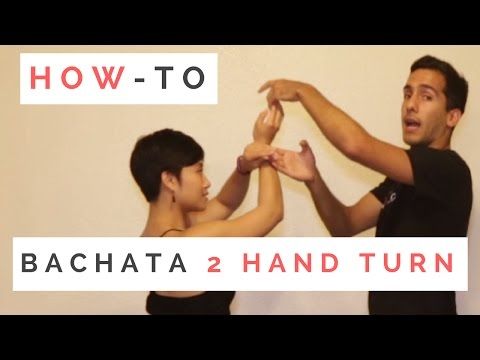
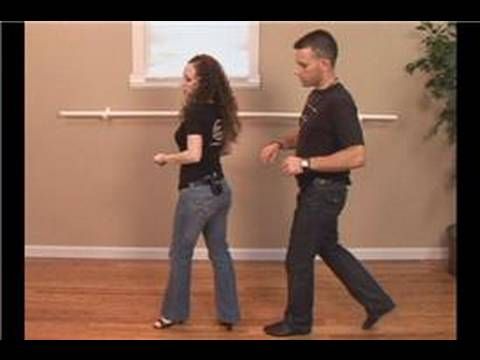
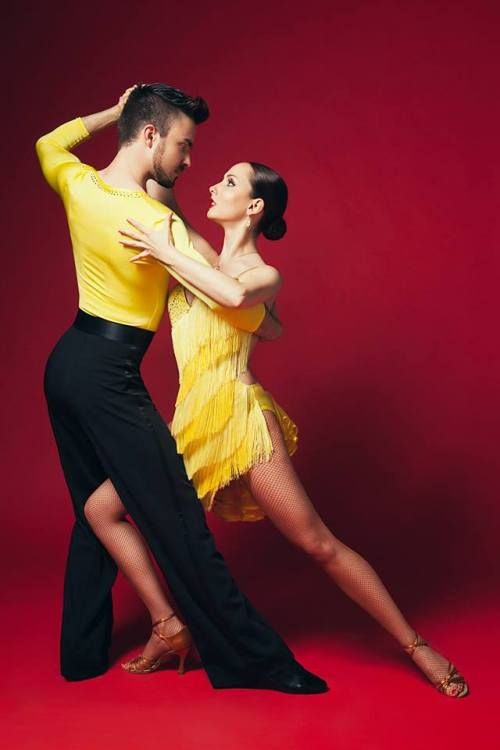 During this time, the future dancer masters all the movements necessary for his chosen style of movement and can decide on his own preferences. The studio currently offers classes in the following areas: nine0003
During this time, the future dancer masters all the movements necessary for his chosen style of movement and can decide on his own preferences. The studio currently offers classes in the following areas: nine0003 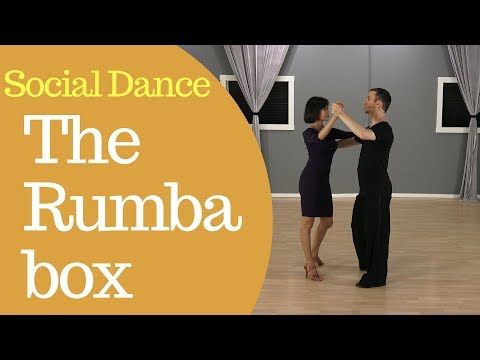 No restrictions - just music, dance and your couple.
No restrictions - just music, dance and your couple.  Dancers who have many awards and regularly perform at competitions are engaged in teaching. Most of the students who want to practice pair dancing are young people between the ages of 20 and 35, which is why our teachers are young people who lead an active lifestyle and are in love with their work. nine0003
Dancers who have many awards and regularly perform at competitions are engaged in teaching. Most of the students who want to practice pair dancing are young people between the ages of 20 and 35, which is why our teachers are young people who lead an active lifestyle and are in love with their work. nine0003 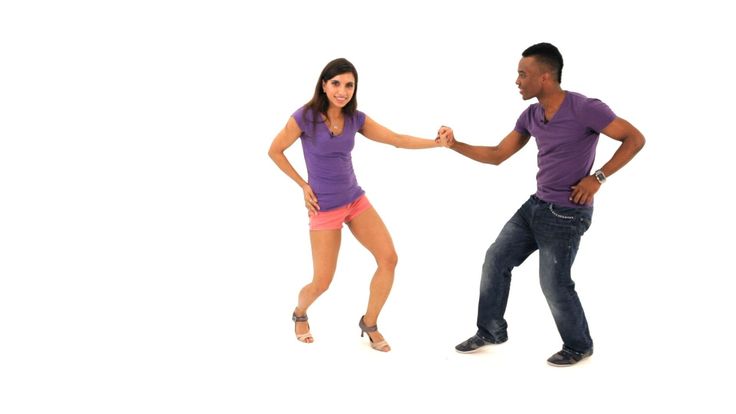 Beginners usually come alone, so it is very easy to find a partner in beginner groups.
Beginners usually come alone, so it is very easy to find a partner in beginner groups. 

